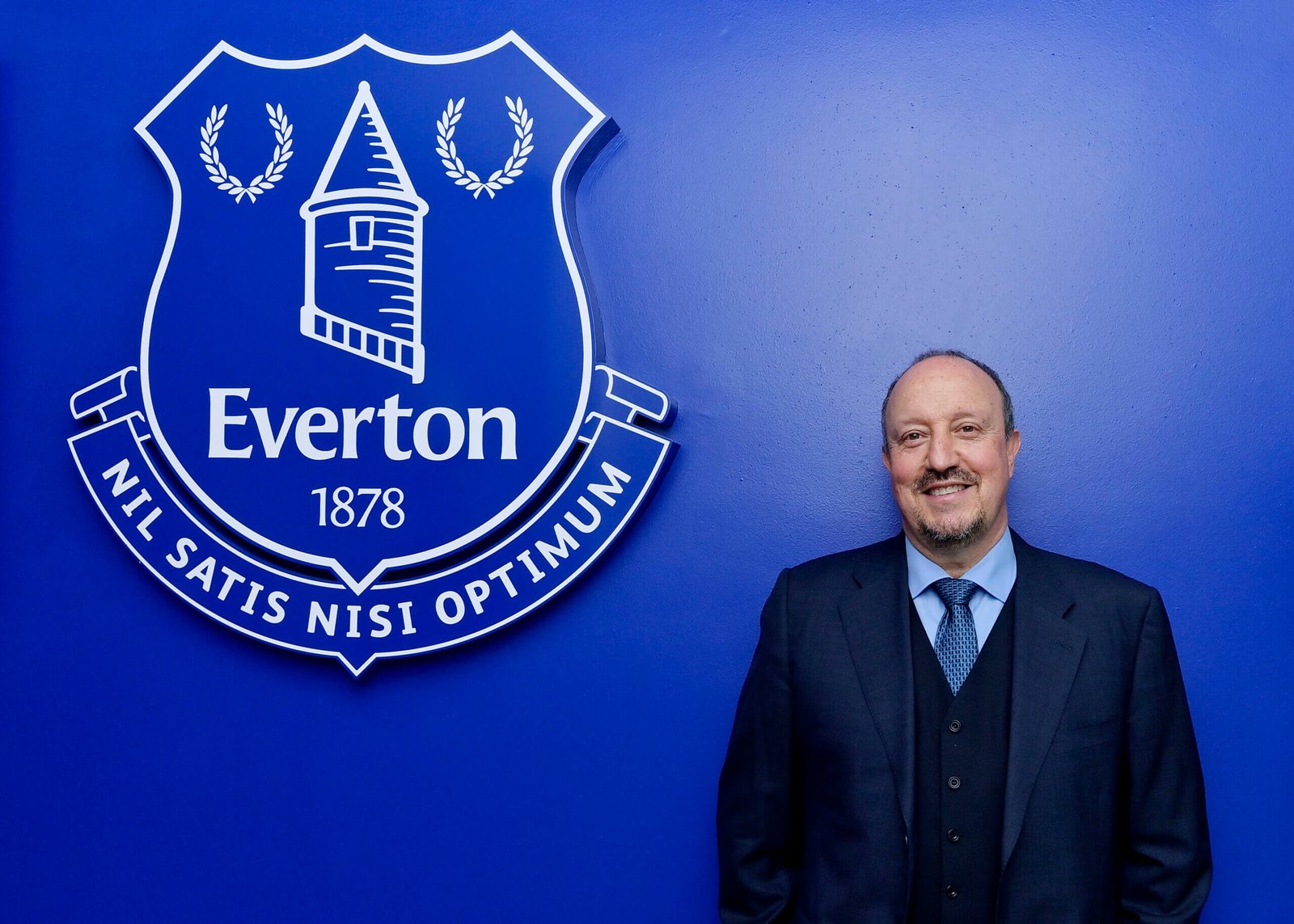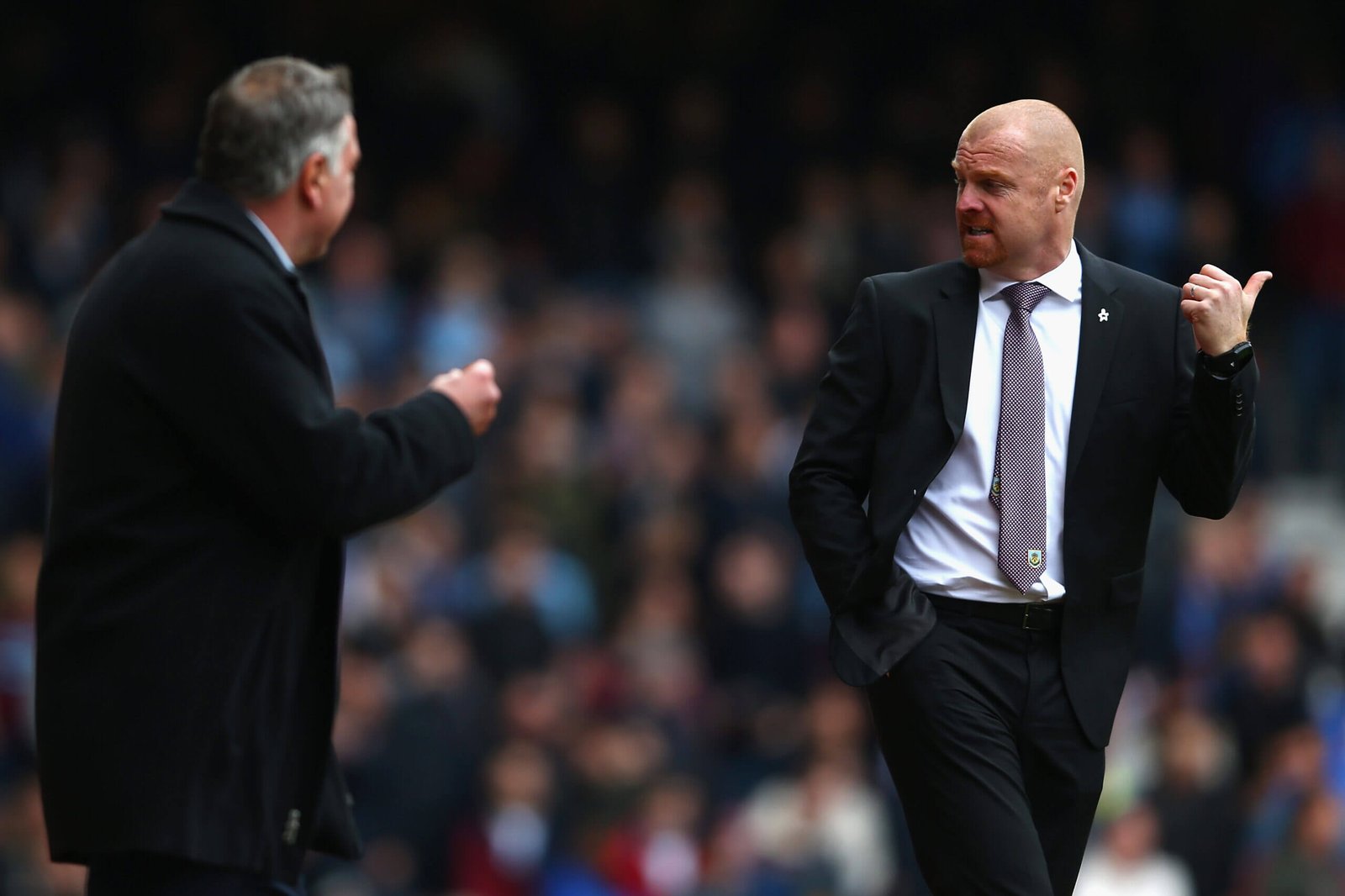Old-school English coaches have long been an endangered species, but they’ve never quite become extinct.
For all the tactical innovation among some of the Premier League’s bigger clubs, and the attempts to replicate that at bottom-half sides, the English top flight always has a place for back-to-basics managers.
Within the past 12 months, Premier League teams have unveiled Sean Dyche, Roy Hodgson and Sam Allardyce as their new managers. Those three aren’t identical in their philosophies, but they are all largely about solid defending in a deep block, rather than focusing on dominating games with possession play and pressing.
Notably, they’ve all been appointed in something of an emergency: in the second half of a campaign at clubs fighting against relegation.
That wasn’t always the case. Dyche and Allardyce have proved capable of legacy-building in long-term stints at Burnley and Bolton Wanderers respectively. Hodgson spent four seasons keeping Crystal Palace solidly mid-table before stepping down in the summer of 2021.
But are they now destined to solely be firefighters? Here’s an attempt to work it out.
Below is a graph featuring 40 managers who have been hired by Premier League clubs since the start of 2019-20. It excludes mid-season caretaker appointments but does include interim choices who were given the job until the end of the season concerned.
The x-axis shows how many days after the first Premier League game of the season they were appointed (anyone appointed in pre-season is shown as zero days into the campaign).
The y-axis is an indication of their style of football. You could use a variety of more complicated metrics here, but this simply takes the pass completion rate of the last club they were in charge of for a whole season. So, for example, the pass completion rate shown for Dyche’s Everton appointment is the one his Burnley side recorded. (Because certain managers hadn’t previously been one — Mikel Arteta, Ruben Selles — there’s no data to use, and they are excluded from the list.)
This is, granted, a simplified measure of footballing style — a pass completion rate depends on the players at the manager’s disposal, and on the division they were competing in — but it largely does the job.
The graph is a little messy, but it does reveal some interesting themes.
First, if we agree that a manager whose style features a less than 75 per cent pass completion rate is somewhat old-school, there have been only two relevant appointments at the start of a season: Steve Bruce at Newcastle United, and Rafa Benitez at Everton. It’s difficult to recall two less popular appointments and, although there were specific reasons for that discontent — Bruce had been managing in the Championship at several clubs, Benitez was strongly associated with Everton’s biggest rivals — it seems clear supporters wanted something more progressive.

Rafa Benitez was an unpopular appointment at Everton (Tony McArdle/Everton FC via Getty Images)
Second, there’s a sizeable gap — from the start of a season and around 90 days into it — where almost no managers are appointed. There are only three in that zone — and two were connected, with Roberto De Zerbi arriving at Brighton after Graham Potter jumped ship to Chelsea.
Third, the appointments between around 100 and 140 days into the season are a mixed bag. Some came with the promise of positive football, others were more pragmatic picks.
Then things become more interesting.
Fourth, and most significantly, there is almost nobody in the top-right quadrant of the graph. In other words, after the midway point (here, this is taken as the midway point between the start of the season and the latest appointment in the Premier League in the past five seasons), clubs don’t appoint a manager with an attacking philosophy. The only manager in that section is Frank Lampard when he went to Everton — and his favoured footballing style is probably slightly flattered by that high pass completion rate from his one full season in charge of Chelsea.
Fifth, the expected names are bottom-right — Allardyce, Dyche, Hodgson twice, David Moyes, plus Javi Gracia and Dean Smith, who were both appointed last season and did not steer those clubs away from relegation, with Gracia replaced at Leeds by Allardyce before the season ended.
This is the situation they’ve needed to become accustomed to — taking charge of a top-flight club towards the end of a season.
Granted, the impressive performances of Hodgson and Dyche meant they have been retained in their posts for this season — but if you want to take charge of pre-season at a Premier League club as an old-school coach, you have to earn the right by saving them from the drop the previous spring.

Allardyce as manager of West Brom (Rui Vieira/AFP via Getty Images)
Sixth, and finally, if you’re looking for a classic example of how a club views different types of managers, it’s Palace.
When making a pre-season appointment, they went for Patrick Vieira, who arrived with a reputation for playing good passing football in his previous jobs. But when they needed to make a late-season appointment to halt a poor run of form that cost Vieira his job less than two years later, they reverted to his predecessor Hodgson’s more basic approach.
That’s the general pattern.
In summer, clubs dream of a panoramic vista. By February, they just want some shelter from the storm.
Old-school managers still have a role, but they are now viewed as a last resort.
(Top photo: Paul Gilham/Getty Images)
Read the full article here


